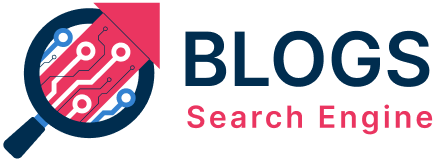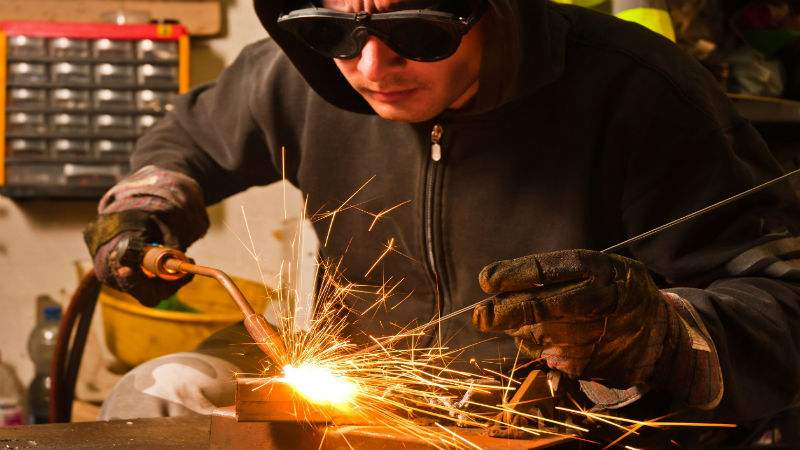Highly flexible and exact, Tungsten Inert Gas Welding—also referred to as gas tungsten arc welding (GTAW)—produces the weld using a non-consumable tungsten electrode. An inert shielding gas—typically argon or helium—protects the welding region from air pollution. On a range of metals, including copper alloys, aluminium, and stainless steel, TIG welding is well-known for producing premium, clean welds.
The Importance :
Tungsten Inert Gas Welding is vital for many industries due to its precision and versatility. It produces high-quality, clean welds with minimal spatter, reducing post-weld cleanup. TIG welding allows for precise control over heat input, making it ideal for welding thin and delicate materials. Its ability to weld a wide range of metals, including stainless steel, aluminium, and copper alloys, makes it indispensable.
The Mechanics:
Tungsten Inert Gas Welding involves the formation of an electric arc between the workpiece and the tungsten electrodes. This arc generates the necessary heat to melt the metal at the welding site. Apart from stopping oxidation, the inert gas shield keeps the arc steady. To achieve precise control over the weld pool, the welder can regulate the heat input and
The Advantages:
Many sectors favour Tungsten Inert Gas Welding since it provides so many benefits. The first main advantage is the perfect weld quality. The method generates minimally spattering, clean, slag-free welds, therefore lowering the demand for post-weld cleanup. Furthermore,this welding gives the welder better control over the welding process, which helps them create aesthetically beautiful welds with the least distortion.
Another major benefit is adaptability. A wide spectrum of metals, including fragile and thin ones vulnerable to other welding techniques, can be welded with it. For uses including aerospace, automotive, and medical device manufacture—where high-strength welds are needed—the exact heat control makes TIG welding perfect.
Industry Insight And Statistics
Tungsten Inert Gas Welding adaptability and high-quality output have helped the worldwide welding sector adopt it rather significantly.Welding is expected to be essential to the growth of the welding equipment market from $10.3 billion in 2020 to $13.1 billion by 2025, according to a report by MarketsandMarkets. Particularly, the aerospace and automotive sectors are driving demand for welding since their high-performance components depend on exact and consistent welding methods.
Key Applications:
Tungsten Inert Gas Welding has great applications in many different sectors for both fabrication and repair needs. It is used in the aerospace sector to weld parts needing the best requirements of dependability and strength. Where durability and accuracy are critical, the automotive sector makes items, including exhaust systems and chassis components, using TIG welding.
Your Trusted Partner:
One of the best Micro Weld Inc. is a top supplier of sophisticated welding solutions. Serving several sectors, they guarantees dependable and strong welds for the most demanding uses through a dedication to quality and accuracy. Their modern tools and experience help you rely on them for all your welding requirements.

